Inside the making of The Teacher’s Pet
Five months into the investigation, a good friend said I was seriously, unhealthily stressed. Then followed a stroke of luck that changed everything.
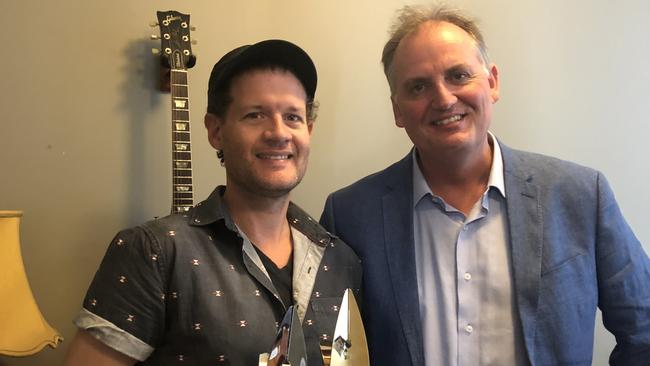
We were getting close. Over the previous five months, I had made six trips to Sydney and Newcastle and retrieved and read thousands of documents from the police brief of evidence, the two inquests and the archives of newspapers and high schools.
I had recorded dozens of face-to-face and telephone interviews with numerous people. From family, friends and work colleagues of Lyn to former cops, independent witnesses and the former deputy state coroner. I had questioned good friends, my former fellow students Vitto Ulliana and Les Green, and our popular PE teacher Glen Hoppner from Keebra Park High on the Gold Coast, all of whom remembered Chris Dawson from his time teaching there.
But instead of listening to the audio files from these interviews and marking up the transcripts for use in the podcast, I kept chasing. It was classic avoidance. Investigating, identifying angles and leads to follow up, tracking people down and interviewing them: this was my comfort zone. I felt confident doing these tasks but it meant I had still done no writing for the podcast.
I had audio files taking up dozens of gigabytes on my MacBook Air, more interviews coming and, as the deadline for a release of the podcast loomed, growing anxiety from not pausing, surveying the many folders of files and asking, ”What have I got and how am I going to use it?”
The Teacher's Pet
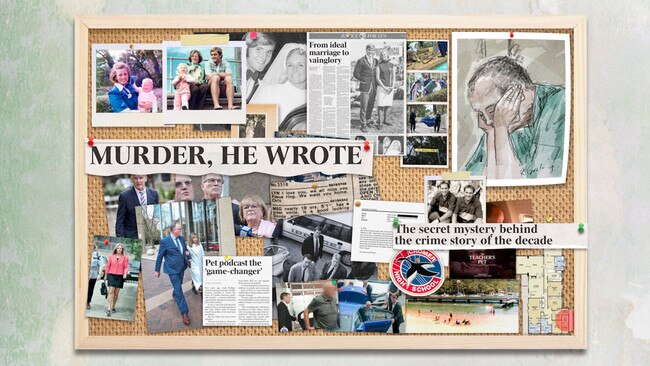
The secret behind the crime story of the decade
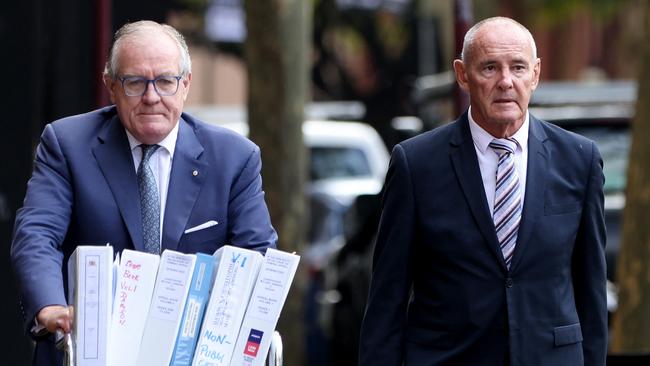
How Dawson’s legal gambit almost derailed the case
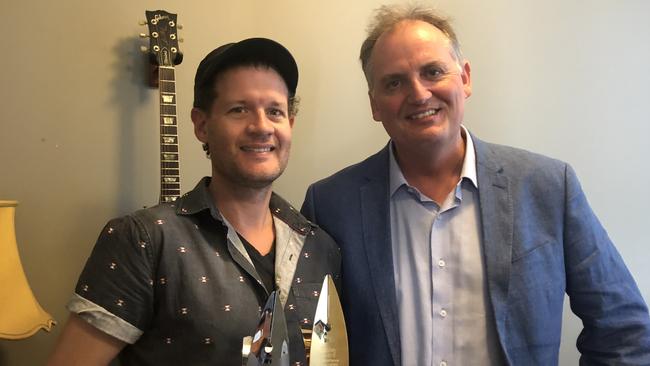
Inside the making of The Teacher’s Pet
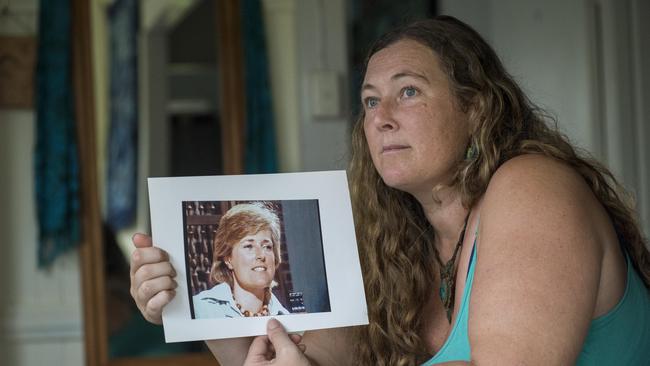
Shadow of betrayal clouds a young life
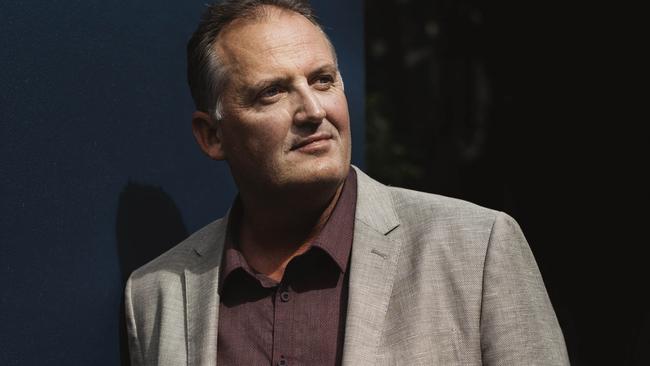
Revealed: All the secrets of The Teacher’s Pet
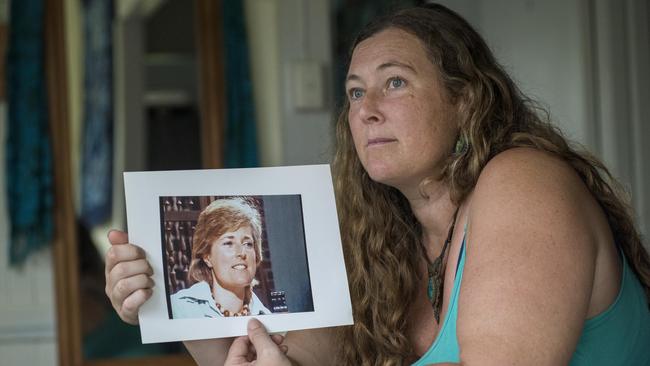
Dawson’s daughter wonders if her dad blames her
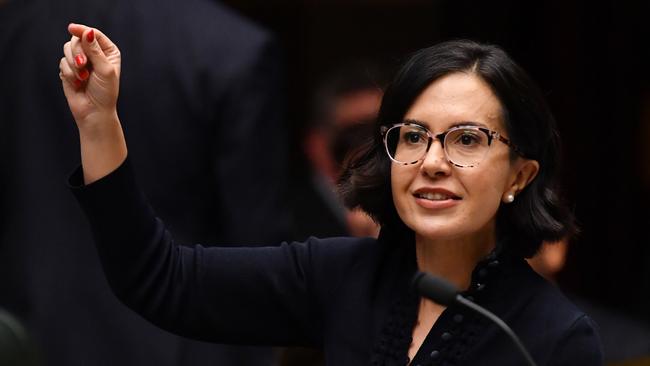
Time to put things right for Dawson’s victim, Minister Car
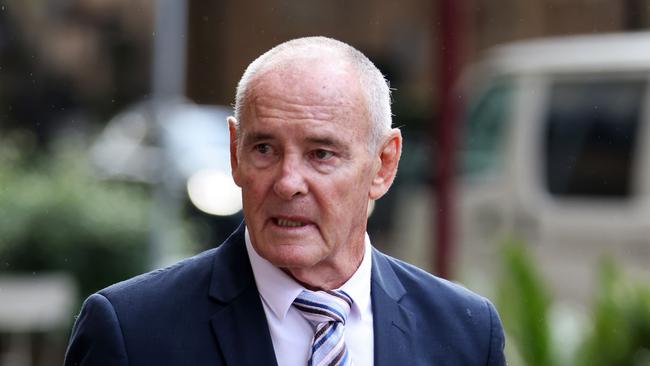
The final shame of an evil old man
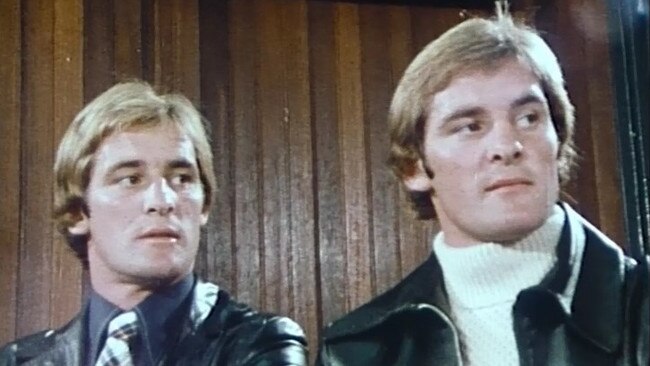
Dawson’s twin ‘had sex with me as a teen’
Having agonised for weeks about how to even start the first episode, I went to meet a good friend with a plea for help.
Karryn Wheelans, a former top investigative journalist for television current affairs, quickly grasped the problem, and the remedy. She told me I needed to stop. Stop investigating and finding more people to interview. Stop reading the evidence. Start listening to the audio. And start writing.
Karryn also told me to take better care of myself. We’d met for an impromptu lunch at the Hundred Acre Bar at St Lucia Golf Links and she could see I was running on empty, draining the bottle of wine like it was lolly water. Karryn told me much later that I looked and sounded seriously, unhealthily stressed.
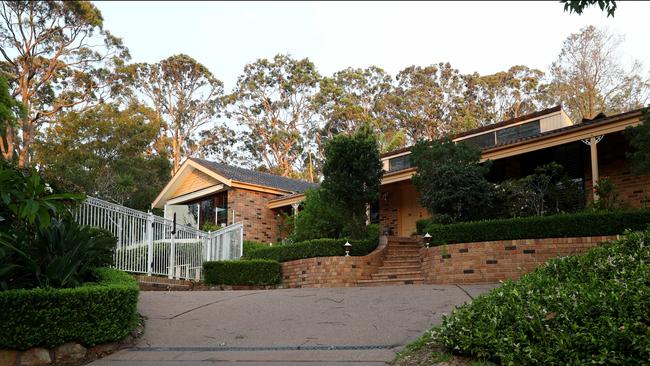
With her advice ringing in my ears, I answered the fundamental and most obvious question about where to begin a story this vast: it had to start where it ended. Where, I believed, Lyn had been murdered. It needed to start at Bayview. I wanted to describe this place, with its escarpment and magnificent water views of Pittwater and the Northern Beaches. I wanted listeners to hear the evocative sounds and imagine they were at the house in Gilwinga Drive, with its surrounding bushland and those noisy cicadas which had infiltrated my recordings from the area.
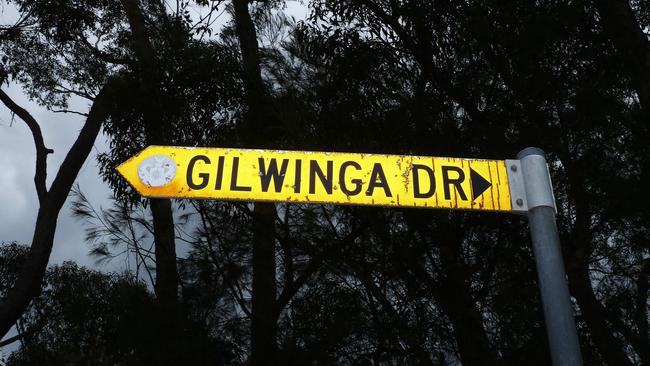
Why did they make such a racket? I found out with a Google search. It was a mating call by the male cicada. It gave me an idea and I smashed out a few paras, the opening for the first episode:
“There is a hilltop of rugged beauty above Sydney’s sunny Northern Beaches. A place of dense bush and rocky outcrops, and long driveways snaking across acreage properties to comfortable family homes.
“It is noisy here at Bayview in summer. Male cicadas crawl out of the soil, then violently deform their bodies to pull off a complex vibration – and an ear-splitting buzzing. Nature’s summer soundtrack can be deafening. Maddening. The secretive cicadas are desperate to find a female for a frenzy of mating.
“It will ultimately be fatal.”
In a stroke of luck that changed everything, I had met a genius musician and audio engineer, Slade Gibson. Our mutual friend Trent Dalton, the remarkable journalist and author of Boy Swallows Universe, knew we would hit it off. Slade, who had been a guitarist for the pop band Savage Garden, lived in a little cul-de-sac a 20-minute drive from my home. When we started talking, it was to record my voice in his home studio for a brief audio trailer for the podcast series. He was immediately curious but not pushy. Slade had a gentle and tactful approach which calmed my nerves behind the microphone.
In the beginning, I thought the audio engineer would contribute only technical prowess but Slade’s instincts about story angles, tone and fairness were second to none. As he listened to the voices and heard my feedback, the married father of two little boys volunteered observations which were poignant and true. Although he had met none of the people, he had worked out things about Lyn, Chris, Jenny, their families and friends that had eluded me.
The more we talked about podcasting and the story of The Teacher’s Pet, the more I realised that Slade should produce the series and compose the music. Working ridiculously long hours for relatively modest remuneration, he wrangled the audio files I had recorded, with their dodgy levels, smoothed my voice in the narrations, and sensibly counselled me about numerous story points which, if I had not listened, could have had disastrous consequences.
We never had a cross word. Slade had never worked in journalism before. Until we got together, he had never produced a podcast – we were both rookies – but he understood storytelling, life, tragedy, justice and nuance.
I lobbied Paul Whittaker (then editor-in-chief of The Australian) to come up with money which wasn’t budgeted to fund Slade to write the music and produce the audio for the eight episodes I expected we would need to tell the whole story. Paul knew I was in deep. He was sensible with the company’s money but he was also hooked on the story. Slade underquoted with his fee proposal because he was intrigued by the story. The chemistry between us was always positive. He had a hunch that we were going to create something very important, something which might change lives for the better and right a longtime injustice. We both felt it.



